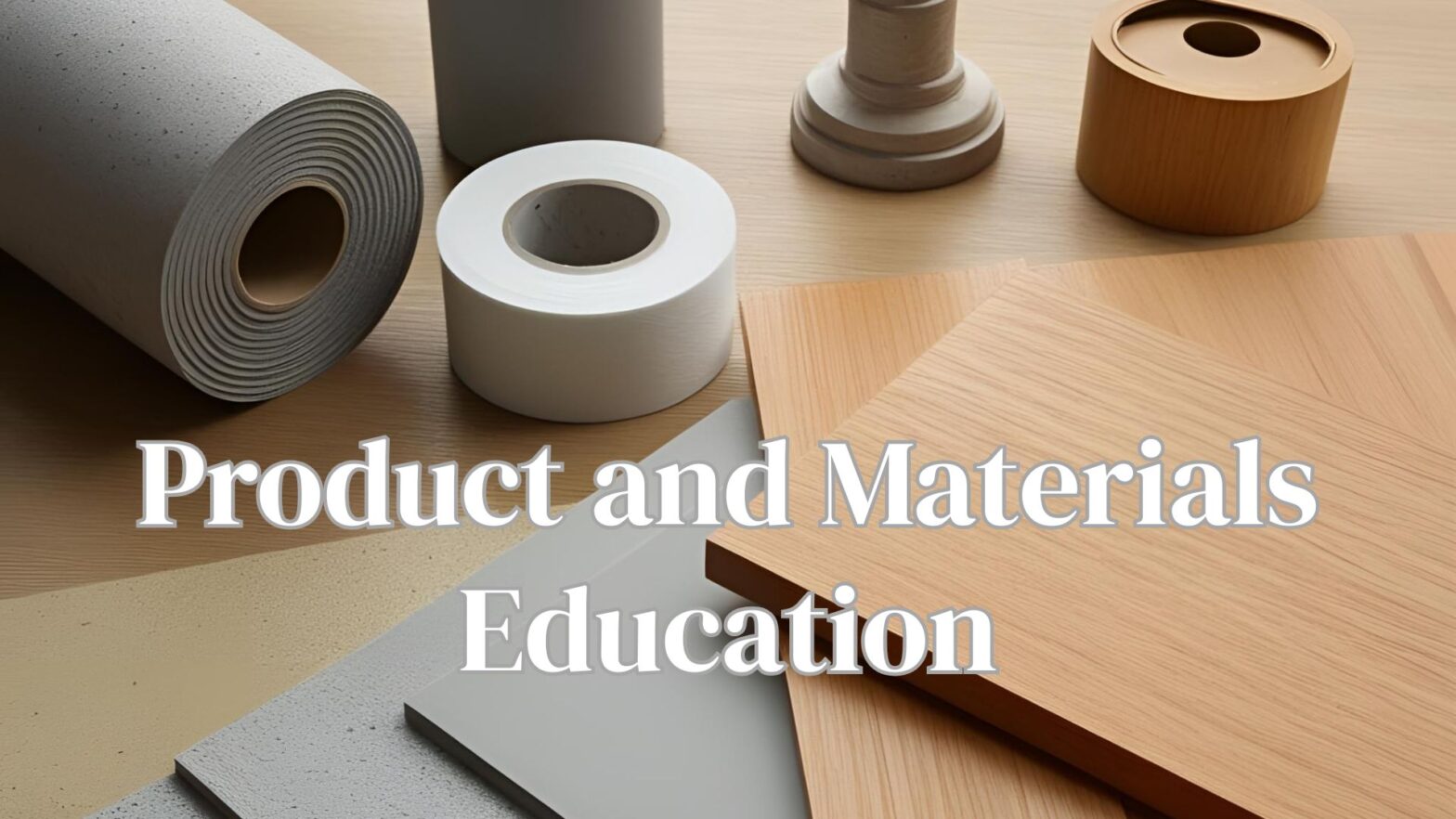Environmental Impact of Manufacturing Reflective Insulation under Metal Roofs
Reflective insulation is a key component in enhancing the energy efficiency of buildings, particularly under metal roofs. In recent years, it has gained popularity as a cost-effective solution for improving insulation and reducing energy consumption. This blog explores the environmental impact of manufacturing reflective insulation used under metal roofs, examining both its benefits and potential drawbacks.
What is Reflective Insulation?
Reflective insulation consists of a reflective surface, often made of aluminum foil, bonded to a substrate such as polyethylene foam or cardboard. It works by reflecting radiant heat away from the building, which helps maintain comfortable indoor temperatures, especially in hot climates. When installed under metal roofs, reflective insulation plays a crucial role in reducing heat gain and improving energy efficiency.
Environmental Benefits of Reflective Insulation
- Energy Conservation
The primary environmental benefit of reflective insulation lies in its ability to reduce the need for air conditioning and heating, leading to lower energy consumption over time. By reflecting radiant heat away from the building, it reduces the heat absorbed by the structure, thus maintaining cooler indoor temperatures. This energy-saving effect can result in
Lower Carbon Footprint: Less energy consumption means less reliance on fossil fuels, which in turn reduces greenhouse gas emissions.
Reduction in Energy Costs: As energy demand decreases, buildings with reflective insulation experience lower utility bills, contributing to the overall sustainability of the structure.
- Sustainable Materials
Reflective insulation is often made from recyclable materials like aluminum and polyethylene, which can be repurposed at the end of the product’s life cycle. Additionally, many manufacturers are adopting eco-friendly practices to reduce their environmental impact during the production process, including using recycled content in their insulation products.
Recycled Content: Some reflective insulation products are made with a significant proportion of recycled materials, helping to conserve natural resources and reduce waste.
Recyclability: After its useful life, reflective insulation can typically be recycled, reducing the amount of material that ends up in landfills.
- Extended Building Lifespan
Reflective insulation helps protect metal roofs from the damaging effects of extreme temperatures and moisture buildup. By keeping the roof cooler and preventing excessive heat absorption, it can reduce the rate of wear and tear on roofing materials. This protection helps extend the lifespan of the metal roof, reducing the need for frequent replacements and minimizing the environmental impact of disposal.
Environmental Drawbacks of Reflective Insulation Manufacturing
While reflective insulation offers several environmental benefits, the manufacturing process can have certain drawbacks that impact its overall sustainability.
- Energy-Intensive Production Process
The production of reflective insulation, particularly the aluminum foil component, is energy-intensive. Aluminum is known for its high energy consumption during extraction and manufacturing, which can contribute to a larger carbon footprint in the early stages of the product’s life cycle. Although reflective insulation helps conserve energy in the long run, the energy-intensive production process raises concerns about its initial environmental impact.
Aluminum Production: The extraction and refinement of bauxite (the raw material used to produce aluminum) can lead to significant environmental degradation, including habitat destruction, water pollution, and high carbon emissions.
- Use of Chemical Adhesives and Foams
Many reflective insulation products are bonded using synthetic adhesives or foam materials, which can contain chemicals that may not be biodegradable or recyclable. The use of these chemicals in the manufacturing process contributes to pollution and environmental harm, both during production and when the insulation reaches the end of its life cycle.
Non-Biodegradable Materials: Some synthetic foams used in reflective insulation products may not break down naturally, potentially adding to landfill waste when the material is discarded.
Toxic Emissions: The chemicals used in the production of foam and adhesives can release harmful fumes during manufacturing, impacting both the environment and the workers involved in production.
- Transportation Footprint
The global supply chain for reflective insulation products can also contribute to their environmental impact. Materials often need to be transported over long distances, which can increase the carbon footprint of the product. The transportation process typically involves the use of fossil fuels, adding to the greenhouse gas emissions associated with the insulation’s production and delivery.
Strategies for Reducing Environmental Impact
Several strategies can help minimize the environmental impact of manufacturing reflective insulation, making it more sustainable for future use
- Use of Recycled Materials
Manufacturers can reduce the environmental footprint of reflective insulation by incorporating recycled materials, such as recycled aluminum and plastic, into the product. By using recycled content, the demand for raw materials is decreased, which helps conserve natural resources and reduces energy consumption.
- Energy-Efficient Manufacturing Processes
Improving energy efficiency in the manufacturing process can help reduce the carbon footprint of reflective insulation. Manufacturers can adopt renewable energy sources, such as solar or wind power, to run their operations, or implement energy-efficient technologies that lower overall energy consumption.
- Biodegradable Alternatives
Developing biodegradable or eco-friendly adhesive and foam alternatives can further reduce the environmental impact of reflective insulation. By switching to natural or less-toxic materials in the bonding process, manufacturers can create more sustainable products.
Conclusion
Reflective insulation under metal roofs offers significant energy-saving benefits and can play an important role in making buildings more sustainable. However, the environmental impact of manufacturing reflective insulation, particularly the energy-intensive production process and the use of chemicals, should not be overlooked. As demand for more sustainable building materials continues to grow, there is an opportunity for manufacturers to reduce the environmental impact of reflective insulation through the use of recycled materials, energy-efficient production methods, and eco-friendly alternatives.
By carefully considering the full life cycle of reflective insulation, from production to disposal, and implementing strategies to mitigate its environmental impact, builders and manufacturers can make more informed decisions about incorporating this material into green building projects.


